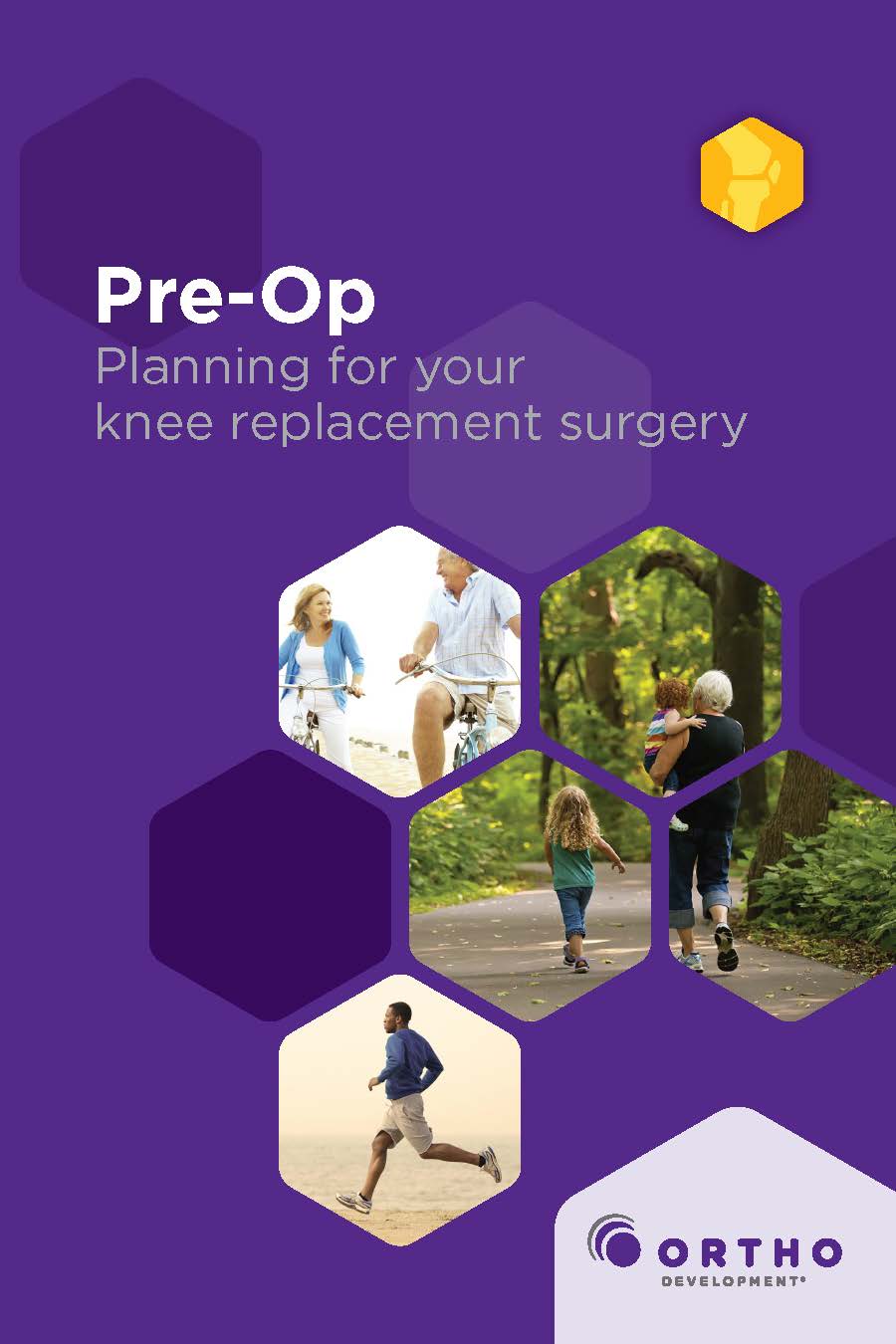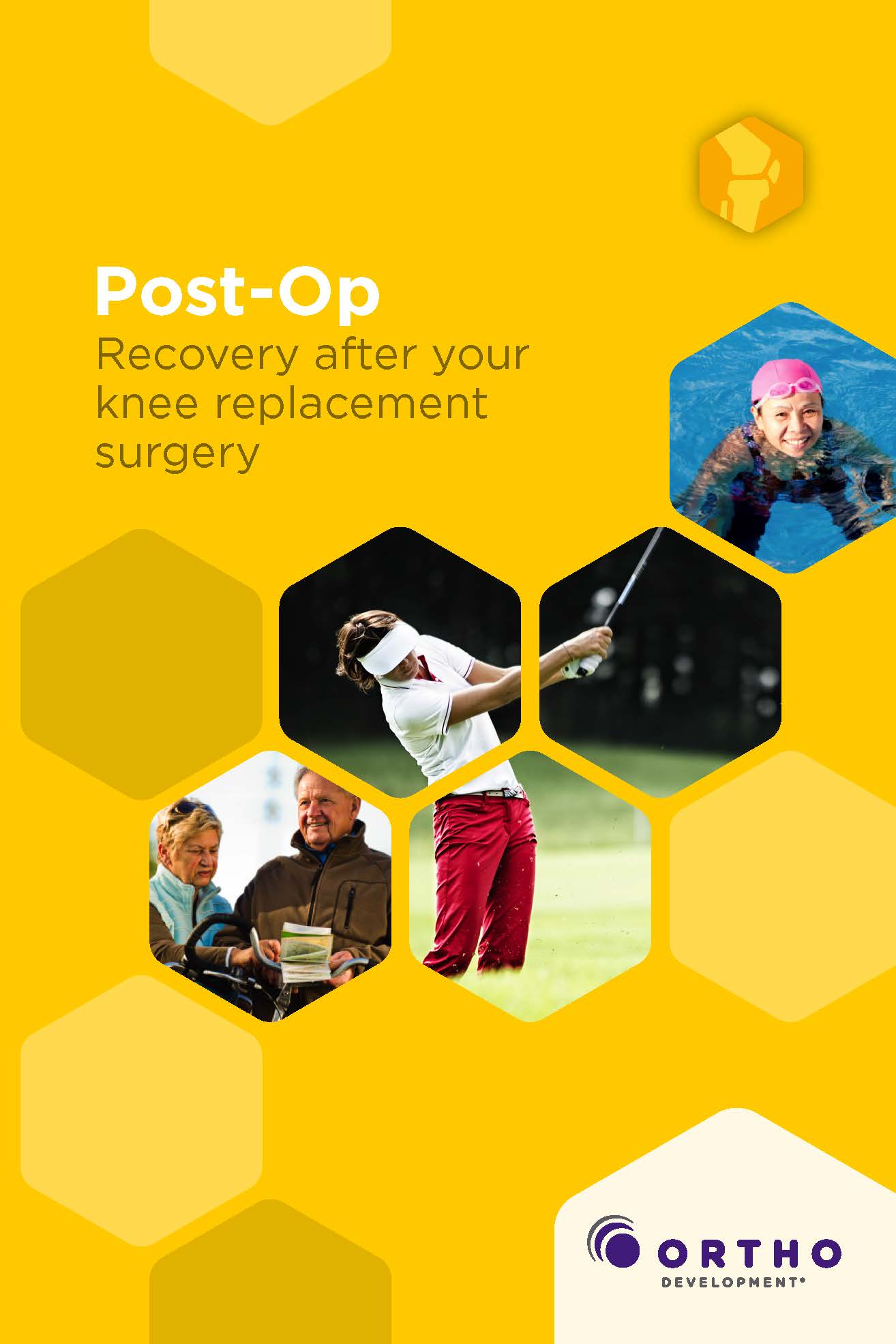How do I know if I need a total knee replacement?
If you have tried nonsurgical treatments and are still experiencing knee pain or if your pain is preventing you from performing daily normal activities, discuss total knee replacement surgery with your healthcare provider. Your healthcare provider can assess your current diagnosis and determine if a total knee replacement is a good option for you and your lifestyle.
How old is the average patient that has a total knee replacement?
Most patients who undergo total knee replacement surgery are between the ages of 50-80 with the average patient being 68. With the recent improvements in the design of knee implants and the implant material, more active and younger patients are receiving a total knee replacement and achieving long-lasting results with superior functionality (4).
How will I benefit from a total knee replacement?
After surgery and rehabilitation, the benefits of a total knee replacement may include:
• Reduction in joint pain and stiffness
• Improved range of motion
• Increased knee stability
How long will my knee replacement last?
Most knee implants last an average of 20 years. The implant may loosen, or experience wear based upon the lifestyle of the patient and the demands on the implanted joint.
Will my knee replacement set off metal detectors?
It is unlikely, but possible, that your knee replacement will set off a metal detector. To take precaution, alert the appropriate security staff that you have a knee replacement.
Do I need to take precautions to protect my knee replacement?
To protect and extend the life of your knee replacement you may want to:
• Participate in light exercise to maintain strength and mobility
• Avoid falls and injuries
• Do not complete dental work in the first three months after surgery
• Alert all doctors, including your dentist, that you have a total knee replacement
• Complete routine follow-up examinations with your healthcare provider
Can I have an MRI after my knee replacement surgery?
An MRI (magnetic resonance imaging) is a diagnostic tool that can be used for many types of medical conditions, including orthopedic problems. After your knee replacement surgery you will not be able to have a clear MRI of your knee implant. If an MRI is needed, you can have an MRI completed on other parts of your body but you will want to be sure to alert the MRI personnel about your knee implant.
What type of exercises/activities should I avoid after my knee replacement?
It is best to avoid any exercise that will cause impact to your joint replacement. Consult your surgeon to determine which activities you should avoid, and if you can introduce new exercises or activities during your rehabilitation period.
How can I find a local surgeon that performs total knee replacement surgery?
Please click here to find a surgeon near you that uses Ortho Development knee products.


 Products
Company
Patient
Store
Products
Company
Patient
Store


